|
|
|||
THIS WEEK at HILTON POND
29-31 December 2006
Installment #342---Visitor #
(Back to Preceding Week; on to Next Week)
|
Only a few places remain for our upcoming |
|
2006 BIRD BANDING TOTALS:
NOT MUCH TO CROW ABOUT Extended out-of-town trips, personal illness, a spate of family bereavements, management duties, bad weather, and implementing the John Bachman Symposium for Newberry College's 150th anniversary all converged to make 2006 one of Hilton Pond Center's least productive banding years since we began operations in 1982. Even our usually dependable Ruby-throated Hummingbirds let us down. Had it not been for a steady influx of Purple Finches, House Finches, and American Goldfinches January through March, we would have banded less than 400 birds for the entire year--a far cry from our all-time high of more than 4,000 individuals in 1991. Those three winter finches were the only species banded this year at a rate ABOVE our 25-year average; all others merely equalled or lowered their average.
(Click HERE for a larger version of the chart above) All text, charts, tables & photos © Hilton Pond Center Two goldfinches and a Carolina Chickadee trapped in late afternoon on New Year's Eve finally took us over the 1,500-bird mark for the year, but just barely (see chart above); the final tally for 2006 was 1,501 individuals, significantly below our 25-year average of 1,923. (At least we improved on our 2005 total of 1,275 individuals banded.) Even worse was 2006's great lack of diversity, with only 37 species captured; the only lower species total was 30 in 1982, our first season of banding when we didn't even start until mid-year. (The 25-year average for species banded at the Center is 69--nearly TWICE this year's total.) Purple Finches, House Finches, American Goldfinches, and Ruby-throated Hummingbirds continue to be the predominant birds banded at Hilton Pond Center; 15 additional species have been inducted into the "400 Club" (see chart below).
(Click HERE for larger version of the chart above) One big problem in 2006 came because days when we WERE available at the Center to run mist nets it always seemed to be too rainy, windy, and or cold--especially during spring and fall migration when we could reasonably expect to catch a variety of pass-through warblers, thrushes, vireos, and other Neotropical migrants. Strangely, however, we caught very few migrants in several 25mm mist nets we always deploy August through mid-October to capture Ruby-throated Hummingbirds around the Center's old farmhouse. (Usually, these nets snare as many warblers, sparrows, and other small birds as hummingbirds.) That said, we also know from simple observation of the Center's feeders and habitats that the property now hosts many fewer individuals of various species that at one time were much more dependable. For example, Eastern Towhees, Blue Jays, Brown Thrashers, Yellow-rumped Warblers, Gray Catbirds, and Northern Cardinals have declined precipitously through the years, and in 2006 we weren't even graced by flocks of Common Grackles or American Robins that could have swelled our banding numbers significantly. We also weren't able to check our dozen or so Eastern Bluebird nest boxes on a regular basis and, as a result, didn't get to band any nestlings of that species--or of wrens, chickadees, or titmice that sometimes use these artificial cavities.
All text, charts, tables & photos © Hilton Pond Center Our "best" spring migrant was a Yellow-throated Warbler (above), one of a handful of parulids that breed in the Carolina Piedmont; this second-year male--captured somewhat early on 6 April--was in bright breeding plumage (details at Yellow-throated Warbler). A "confusing" Cape May Warbler in first-fall plumage (below) wandered through and was mist-netted on 23 September.
After two successive record-breaking years for Ruby-throated Hummingbirds--210 banded in 2004 and then 226 last year--the spring, summer, and fall of 2006 were a real letdown as only 164 hummers entered our traps or got snared in nets. Oddly enough, hummingbird banding colleagues from elsewhere reported record high numbers of RTHUs, so we're not really sure what happened this year at Hilton Pond--especially since our man-hours of effort to catch these little balls of fluff were roughly equivalent to what we've expended in recent seasons. We DID have 27 RTHUs returning from previous years, somewhat above our 23-year average of about 23 birds. These included two old males: A fifth-year RTHU and an even older after-fifth-year one, both of which have returned to the Center every year since they were banded in 2002. Of great significance was a RTHU we banded on 17 September 2006; it was found dead two weeks later near a feeder at Thomaston, Alabama--413 miles southwest of Hilton Pond Center (details at Ruby-throated Hummingbird Found Far from Home).
We also recaptured notably old birds from several other species, including five after-fifth year individuals (a male American Goldfinch and females for Tufted Titmouse, Dark-eyed Junco, House Finch, and Purple Finch); a sixth-year female American Goldfinch; and an after-sixth-year White-throated Sparrow of unknown sex. (Ah, they joys of long-term banding studies!)
One of our summer highlights came when we spotted a Great Crested Flycatcher (above) flying in and out of an old Wood Duck box on a tall pole standing in Hilton Pond (details at Wheet! Bird In a Wood Duck Box). With some effort, we managed to wade out with a ladder to band five nestling flycatchers. We took added satisfaction in noticing one of their parents already sported an aluminum leg band. For a species-by-species summary of the 2006 banding year at Hilton Pond Center, please refer to the chart below. Scroll down even further for details about our banding efforts for the final three days of the year. All text, charts, tables & photos © Hilton Pond Center
All text, charts, tables & photos © Hilton Pond Center
Comments or questions about this week's installment?
Thanks to the following fine folks for recent gifts in support of Hilton Pond Center for Piedmont Natural History and/or Operation RubyThroat: The Hummingbird Project. Your tax-deductible contributions allow us to continue writing, photographing, and sharing "This Week at Hilton Pond."
"This Week at Hilton Pond" is written & photographed You may wish to consult our Index of all nature topics covered since February 2000. You can also use our on-line Hilton Pond Search Engine at the bottom of this page. For a free, non-fattening, on-line subscription to |

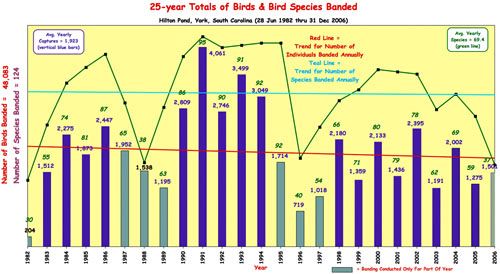
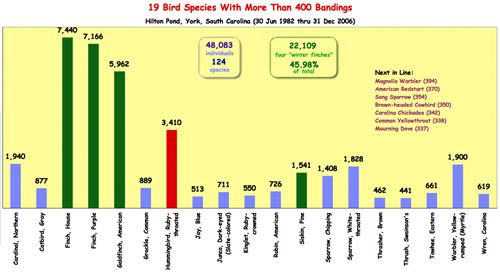
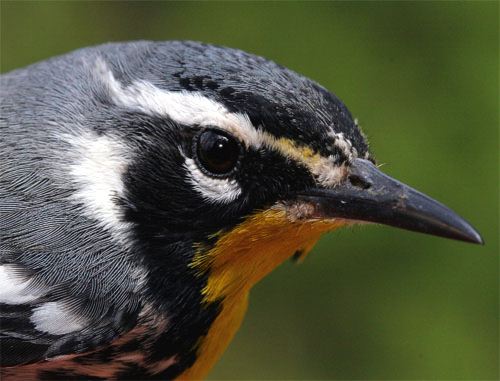
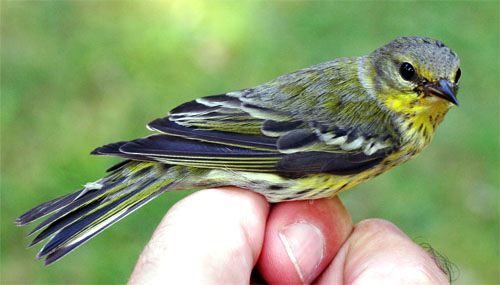
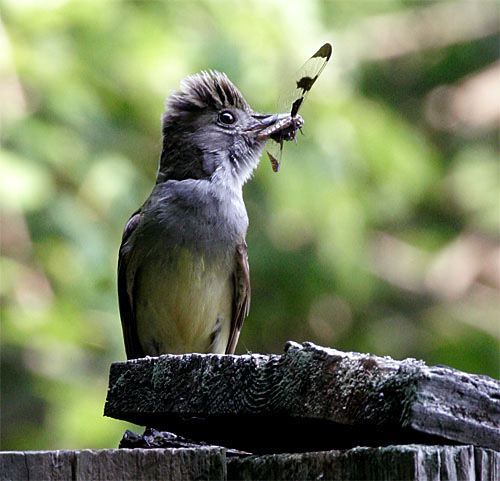


 Oct 15 to Mar 15
Oct 15 to Mar 15
